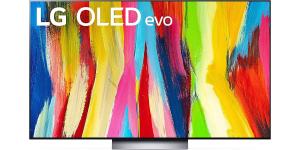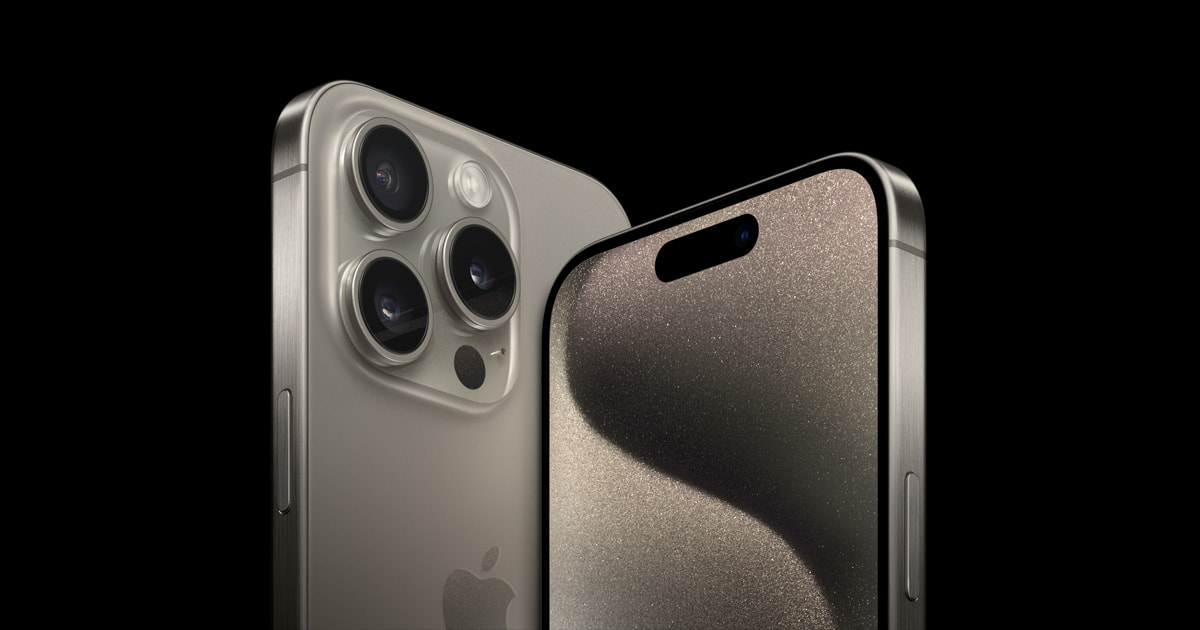Introduction: Exploring NanoCell and OLED TV Technologies
Television technology has seen remarkable advancements, and two prominent contenders in the market are NanoCell and OLED screens. Although they share certain features, they diverge significantly in various aspects. In this article, we delve into the differences, benefits, and drawbacks of NanoCell and OLED technologies to help you make an informed decision when choosing your next TV.
Understanding NanoCell Display Technology
NanoCell technology, pioneered by LG, has revolutionized display panels in modern TVs. This innovation, showcased in numerous LG models, aligns with traditional LED and LCD TVs, boasting comparable 4K resolution. The distinctive factor lies in an additional layer of nanoparticles, functioning as a color filter. This integration elevates color vividness and precision, akin to QLED displays. NanoCell TVs create a bridge between LED and QLED technologies, enhancing your viewing experience.

How NanoCell Screens Work: Enhancing Color Accuracy and Quality
The foundation of NanoCell’s brilliance lies in its pixel composition—comprising red, green, and blue hues. Unlike conventional TVs, NanoCell TVs embrace up to one billion color combinations, resulting in an expanded spectrum of vibrant shades. The challenge of color distortion due to incoming light is ingeniously tackled by a specialized color filter within NanoCell screens. This filter selectively eliminates undesired light wavelengths, refining color reproduction. Consequently, NanoCell TVs excel in presenting striking reds, blues, and greens, along with heightened white and black purity.
Introducing FALD: Full-Array Local Dimming in NanoCell TVs
A notable feature in select NanoCell TVs is full-array local dimming (FALD), a technology that partitions backlight into distinct zones. Each zone is autonomously controlled, enabling precise adjustments in brightness across the screen without impacting the overall scene luminance. FALD contributes to deeper blacks, more pronounced shadows, and an enriched dynamic range, emulating the effect characteristic of OLED TVs at a more budget-friendly cost.
Pros and Cons of NanoCell TVs: Is It the Right Choice?
NanoCell TVs come with a compelling array of advantages and considerations. Their strengths encompass superior image quality, enhanced dynamic range, sharpness, affordability relative to OLED counterparts, longevity, wide viewing angles, and immunity to burn-in. On the flip side, NanoCell screens may not achieve the same depth of blacks as OLED TVs, exhibit slightly higher power consumption, and fall short of OLED’s pinnacle color accuracy and image quality.

Unveiling OLED Panels: Technology and Advantages
OLED, short for organic light-emitting diode, represents a paradigm shift in display technology. These innovative screens eschew the need for a backlight, as each pixel emits light independently. Consequently, OLED TVs achieve “true black,” harnessing individual pixel illumination to realize an exquisite dynamic range. The immersive experience is further amplified by vibrant colors, exceptional contrast, and unmatched image detail—hallmarks that set OLED apart.

Pros and Cons of OLED TVs: Is the Premium Worth It?
OLED TVs epitomize superior image quality, energy efficiency, thinness, rapid response times ideal for gaming, and enduring vibrancy across diverse viewing angles. The drawbacks include their higher price tag compared to LED and NanoCell TVs, along with potential burn-in risks after extended usage.

NanoCell vs. OLED: A Comprehensive Comparison
In a head-to-head evaluation, NanoCell’s strengths encompass expansive viewing angles, commendable color accuracy, and budget-friendliness. Conversely, OLED takes the lead with its awe-inspiring image quality, true black rendition, energy efficiency, and remarkable gaming performance. Personal preferences, room lighting, and budget constraints all play pivotal roles in determining the optimal choice.

Choosing the Best TV Panel for Your Needs
When deliberating between NanoCell and OLED, consider your priorities and requirements. OLED triumphs in absolute image quality and immersive experiences, while NanoCell shines in affordability, wider viewing angles, and burn-in immunity. Analyze your budget, viewing conditions, and intended usage patterns to make an educated decision, ensuring your new TV aligns seamlessly with your preferences.
In conclusion, the NanoCell vs. OLED debate boils down to a nuanced understanding of each technology’s strengths and limitations. Armed with this knowledge, you can confidently embark on your journey to select the perfect TV that caters to your entertainment needs.









